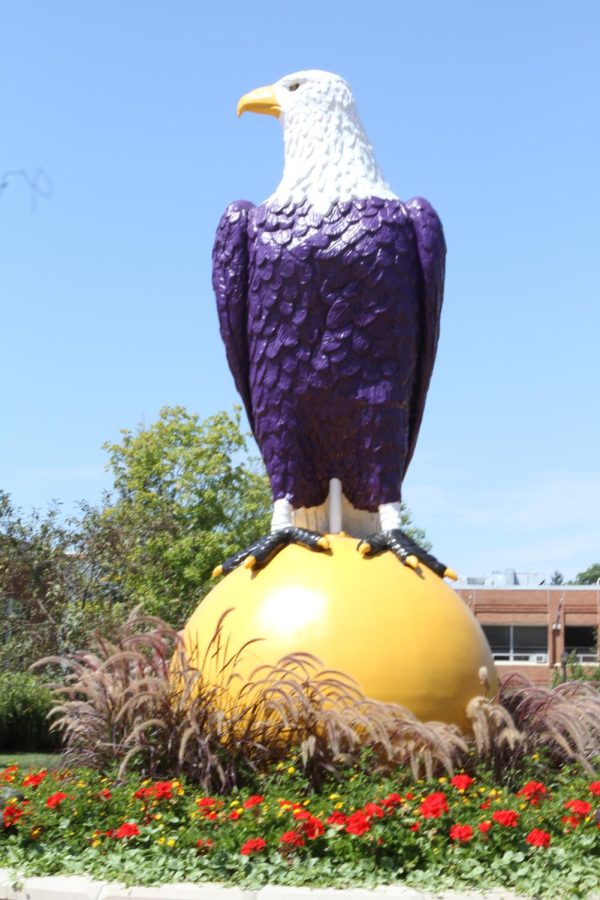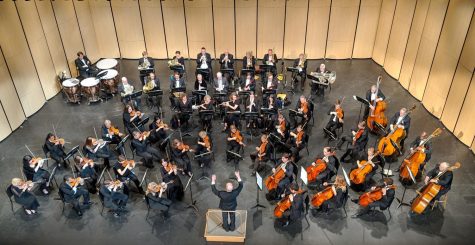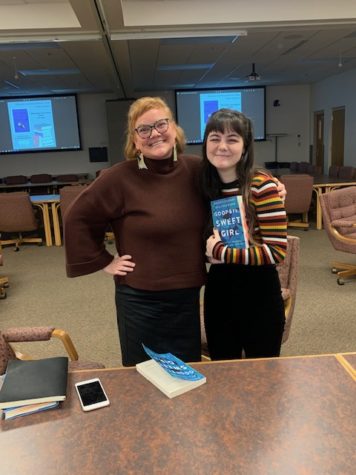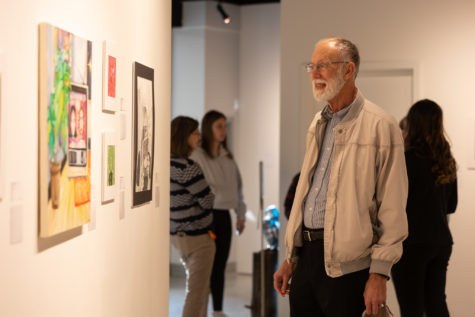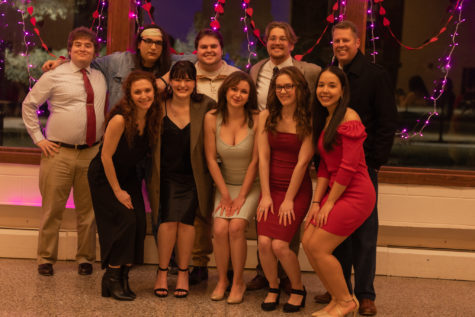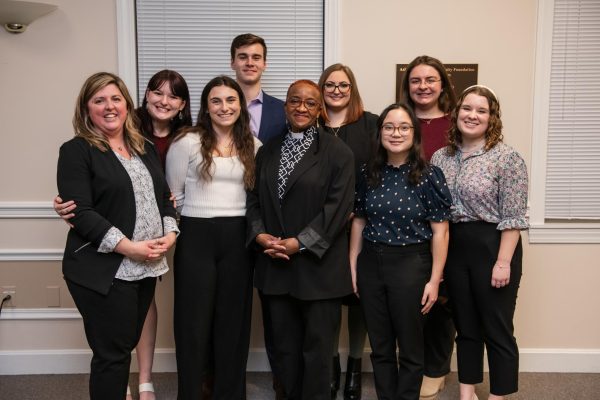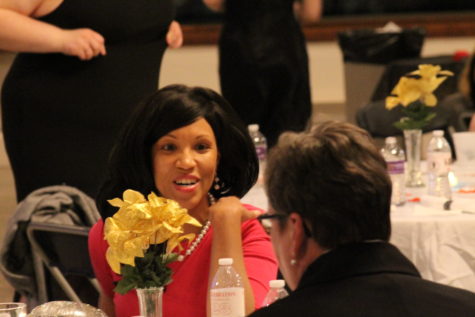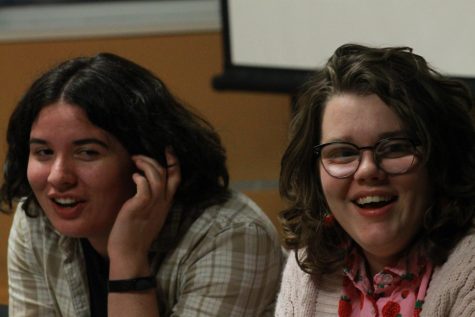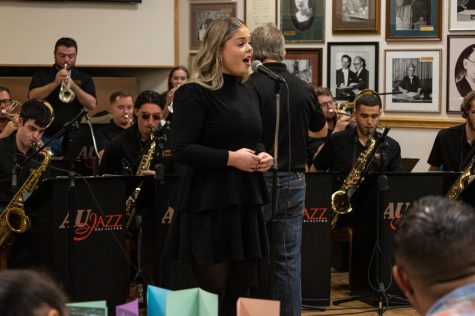Behind the Clayton star and other AU traditions
AU’s rich history began in 1878 as Ashland College
Ashland College was founded in 1878, rooted with Christian heritage and values. The institution’s name was changed to Ashland University in 1989 to “more represent the comprehensive nature,” according to Rick Ewing, vice president of operations and planning.
Ewing added that the growing nontraditional programs were more inclined with a university rather than a college.
As the university has grown and students have enrolled and graduated, there have been many stories told and “hidden gems” strewn around campus.
One particular piece of campus that has often left students with questions is the star on top of Clayton Hall.
A common, yet heartfelt misconception about the star, is that it serves as a memorial for a student who had passed away on campus.
However, Ewing explained that the star and its mysterious placement wasn’t on purpose.
“The [Clayton] star predates me,” Ewing said. “It was simply a Christmas decoration that was put up and stayed lit throughout the Christmas season.”
According to Ewing, the star wasn’t originally placed on top of Clayton Hall. At the heart of the city of Ashland, the star became easily recognizable throughout the community.
“There was an elderly woman who could see the star from her house, but as trees grew and other buildings blocked her view, she asked if the star could be raised higher,” he said.
The Clayton star isn’t the only symbol on campus with an interesting past.
Tuffy, the beloved winged mascot of AU, has various cast-iron and concrete friends, each with a name and relative story, dedicated either to a donor or a member of the community.
According to “The Eagles of Ashland,” written by Dr. Duncan Jamieson and Kristine Keplatch, these eagle statues were originally emblems from the Case Implement Tractor Company.
“Over time, [the eagles] showed up and were brought to campus by students,” Ewing said.
One of the first cast-iron eagles, named Louise, was stolen from the J.I. Case Company in Wooster, according to Jamieson.
After various thefts, Ewing said, “at some point, [Case] stopped utilizing them as their logo.”
“We have since run out of cast-iron eagles and had a mold made [for the statues] to be made out of concrete. Original cast-iron forms have been lost over time. The Veterans Center is an original cast-iron and was also donated,” he added.
Most of the eagles that are made now will usually be placed in front of a new building.
Old Abe, the large eagle nestled in front of the Recreation Center, came from Case Headquarters and was donated to the university, according to Ewing.
Speaking of Old Abe, the bricks that surround him contain a hall of fame element dedicated to athletic alumni or contributors. The bricks, Ewing said, were an original pathway “that went all the way into Kates Gym,” a dramatic change to campus that is reminiscent of the recent beautification renovations.
From Redwood Hall being the original cafeteria to an escalator that was housed in the Convocation Center beside the Eagle Card Office to Tuffy’s original name being “Victor,” the university has seen many changes.
But one thing remains the same: the fun memories and stories students and alumni will hold with them.


